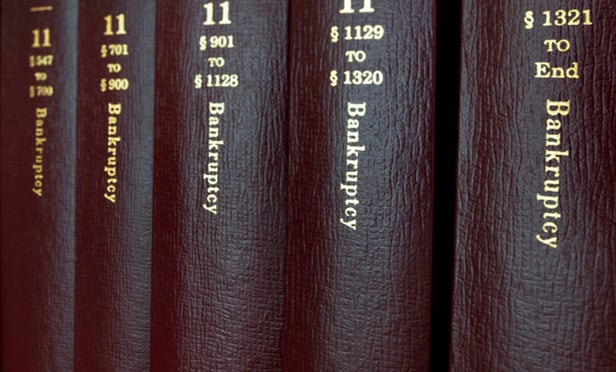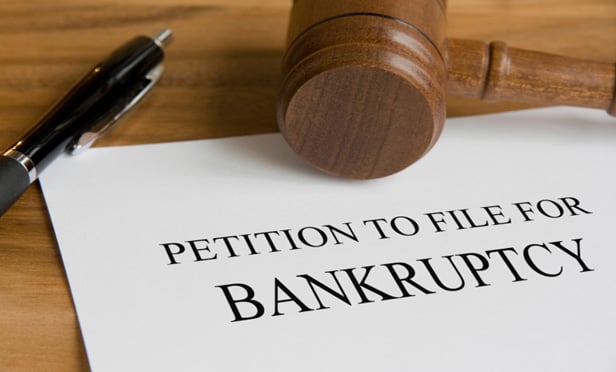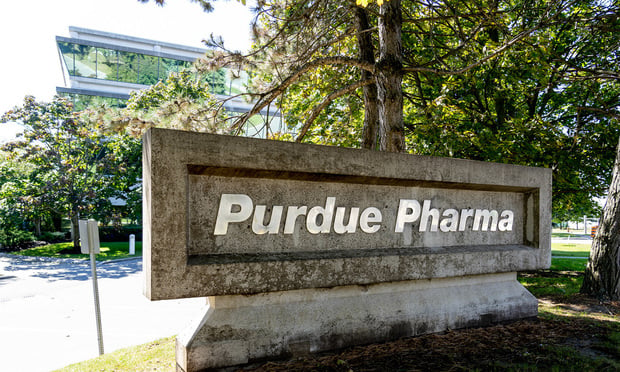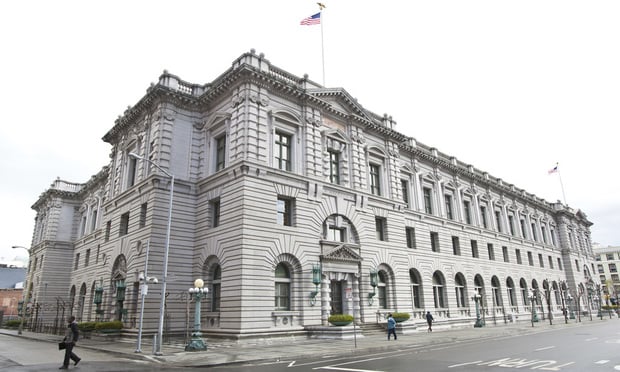Features

Empty Bankruptcy Win for Commercial Landlord
In In re Sears Holdings Corporation, the Second Circuit apparently ended a multi-year litigation by affirming the district court’s decision that the landlord’s appeal was “moot for lack of a remedy because, although [that] court [had properly] vacated the assignment and assumption of the lease …, the lease would not revert to [the landlord under Code] §365(d)(4), and that [the landlord] had no alternative remedy.”
Features

Bankruptcy Code Can Present Significant Risks to Lenders
This article discusses two situations where a lender received payments and later was forced to disgorge them. These opinions illustrate two of the ways the bankruptcy code can present significant risks to lenders even after the lender receives payments in accordance with loan agreements or even a court order.
Features

Pragmatic Post-Purdue Approach Behind NJ’s Rise As Strong Venue Option for Chapter 11 Cases
The Chapter 11 filing statistics clearly show that New Jersey has emerged as a strong venue option. The question is why? The answer, we submit, is consistency and pragmatism.
Features

U.S. Trustee, Insurers, Object to J&J’s $10B Talc Bankruptcy Plan
The objections, filed ahead of a key hearing on whether to confirm the Chapter 11 plan, cite the Supreme Court’s decision in Harrington v. Purdue Pharma, which invalidated nonconsensual releases in the $6 billion bankruptcy plan granted to Purdue’s founders, the Sacklers.
Features

New York Bankruptcy Judge Allows Case Against Crypto CEO to Move Forward
U.S. Bankruptcy Judge Martin Glenn of the U.S. District Court for the Southern District of New York ruled that a lawsuit, in which the plaintiff alleged that Alex Mashinsky, the founder and ex-CEO of Celsius Network, caused the insolvent crypto lender to incur billions of dollars in damages, can move forward because the terms of the agreement to stay stated that it would be lifted when the litigant’s criminal trial ended.
Features

Rising Bankruptcy Filings Make Today’s Headlines, But Keep An Eye on Historic Policies
Nearly 50 years has passed since the last major change in bankruptcy law. The financial landscape now where debtors go through bankruptcy is very different. Is the Bankruptcy Code still achieving its fundamental goals, and are there ways to improve it?
Features

Three Things Trustees Should Know About Affirmative Defenses in Preference Litigation
Since 2019, courts have struggled with the interpretation of due diligence requirement to Section 547, specifically whether the due diligence requirement is an element of a preference claim that must be adequately pleaded in the plaintiff’s complaint. While the law is still developing, there are three important takeaways for trustees to consider.
Features

District Court Cautiously Affirms Five-Year Old Purdue Preliminary Injunction
This decision explains the judicial rationale for bankruptcy court preliminary injunctions.
Features

Ninth Circuit: Fully Secured, Nonrecourse Creditors Qualify As ‘Countable’ Creditors
Addressing a matter of first impression, the bankruptcy appellate panel for the U.S. Court of Appeals for the Ninth Circuit recently held that fully secured, nonrecourse creditors qualify as “countable” creditors for purposes of determining the viability of an involuntary bankruptcy petition under Section 303(b) of the U.S. Bankruptcy Code.
Features

Post-Petition Rent Obligations On ‘Residential’ Versus ‘Nonresidential’ Property
The lifeblood of any debtor operating in Chapter 11 is access to cash to maintain ongoing operations. This is particularly important in cases involving assisted living and skilled nursing facilities given the health, safety, and welfare concerns with respect to their residents. One of the most significant calls on cash involves post-petition rent obligations due on leased facilities.
Need Help?
- Prefer an IP authenticated environment? Request a transition or call 800-756-8993.
- Need other assistance? email Customer Service or call 1-877-256-2472.
MOST POPULAR STORIES
- Compliance Officers: Recent Regulatory Guidance and Enforcement Actions and Mitigating the Risk of Personal LiabilityThis article explores legal developments over the past year that may impact compliance officer personal liability.Read More ›
- The DOJ's Corporate Enforcement Policy: One Year LaterThe DOJ's Criminal Division issued three declinations since the issuance of the revised CEP a year ago. Review of these cases gives insight into DOJ's implementation of the new policy in practice.Read More ›
- How Far Can You Reach? The Territorial Limits of Lanham Act Infringement and False Designation of Origin ClaimsOn June 29, 2023, the U.S. Supreme Court set new geographic limits for infringement and false designation of origin claims raised under Sections 1114 and 1125(a) of the Lanham Act. Given the global nature of business today, the decision highlights the need for trademark owners to continually reassess and, perhaps, expand their international trademark registration strategy as product lines and brands become more international in scope.Read More ›
- Internet Goods and Product LiabilityThe Internet's value arises in part from its ability to provide images, data and content quickly and at little cost. This ability results from the fact that Internet products — whether they be images, data or content — are each reduced to a digital format. Sharing products that have been so reduced may result in product liability.Read More ›
- Making the Office a Destination: The Rise of Hospitality In Law FirmsThe law firm office cannot remain unchanged, therefore, as if frozen in time set to some date prior to the onset of pandemic, when all the terms and meaning have all changed. In fact, the office must now provide benefits or an experience the lawyers and staff cannot get at home.Read More ›
